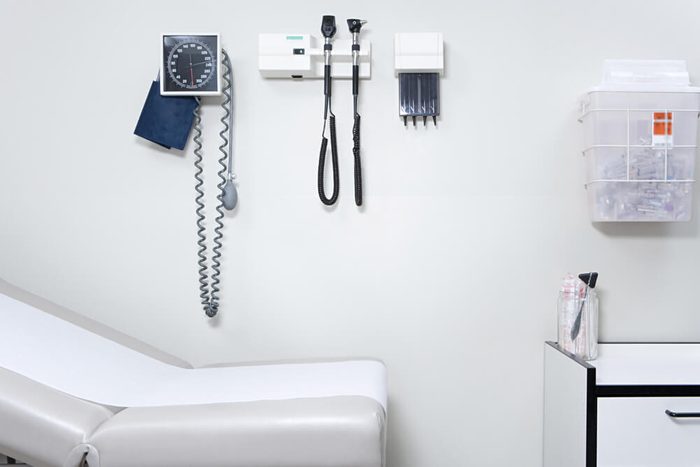
Some diseases can be extremely deadly
It’s not news that heart attack and stroke that can lead to sudden death. But when it comes to infectious diseases, many factors come into play that will determine if you get sick—and how sick you get, says Robert Citronberg, MD, director of infectious diseases at Advocate Lutheran General Hospital in Park Ridge, Illinois. Genetics can predispose someone to illness, and the aggressiveness of a certain strain of bacteria or virus can make it lethal. But as you read through this list, know that the infections that kill quickly aren’t common. “They’re rare but memorable when you see people with them,” he says.
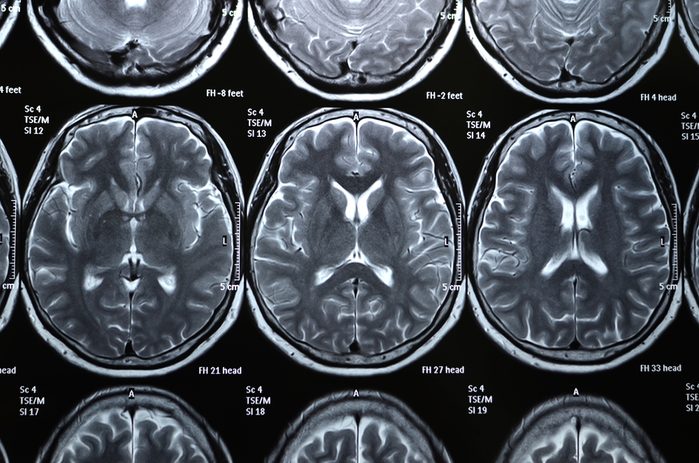
Stroke
As the number five cause of death in the United States, someone dies of a stroke less than every four minutes, according to the Centers for Disease Control and Prevention (CDC). A stroke happens when a clot blocks a blood vessel in the brain (or the blood vessel ruptures), which cuts off oxygen to the brain. In the case of an ischemic stroke, clot-busting medications can be given to save your life—but typically within three hours.
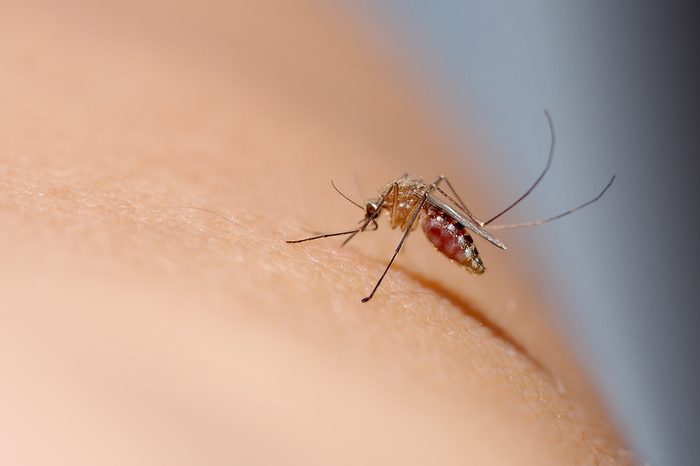
Malaria
The mosquito-borne illness can be found in parts of the world like South America, Africa, and Asia. “A particular type of malaria parasite, called P. falciparum can be life-threatening,” says Dr. Citronberg. He explains that the parasite quickly destroys red blood cells, which have the key role in delivering oxygen to your body tissues. If you are traveling abroad, he recommends seeing a travel medicine specialist or doctor who may recommend taking medications that prevent malaria.

Severe dengue
Dengue is another mosquito-borne infection that causes flu-like symptoms, and half the world’s population is at risk, according to the World Health Organization. Symptoms include high fever, severe headache, and joint pain. However, the illness can develop into a complication called “severe dengue,” which can turn deadly. A patient needs to seek help within 24 to 48 hours of the onset of its symptoms, including intense abdominal pain and uncontrollable vomiting. “Unlike malaria, there is no medicine to prevent dengue. All you can do is use liberal amounts of mosquito repellent,” says Dr. Citronberg.
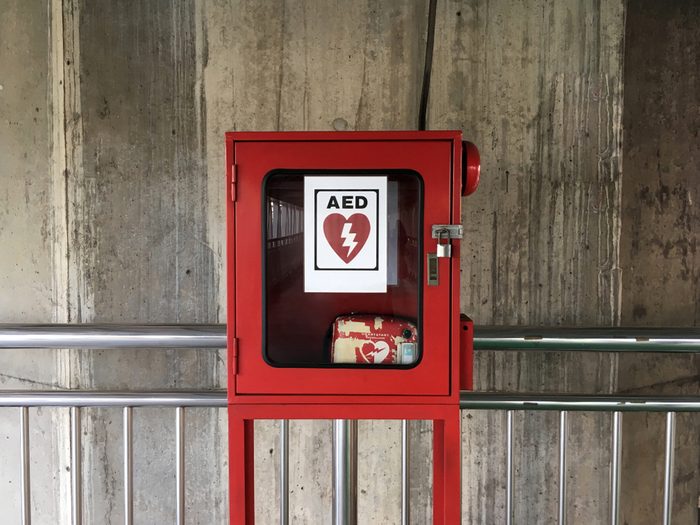
Sudden cardiac arrest
The condition is responsible for killing 325,000 adults in the United States every year—most often in adults in their 30s and 40s, and men are at increased risk, according to the Cleveland Clinic. Unlike a heart attack, sudden cardiac death is often caused by an arrhythmia (where the heart beats abnormally). “Death will occur within minutes, if left untreated,” they write on their website.
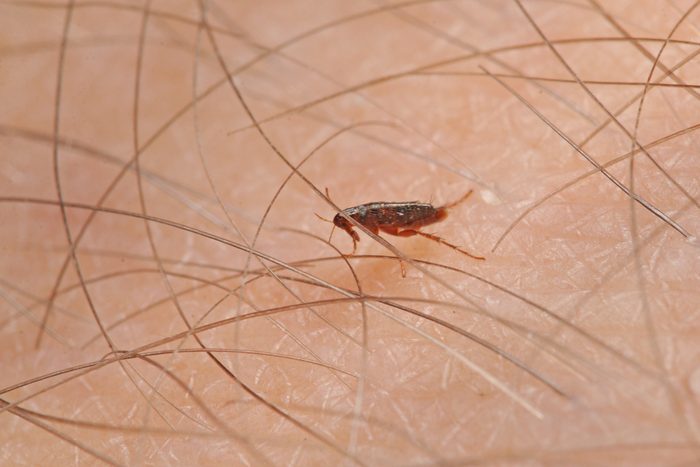
Pneumonic plague
Transmitted by the bite of an infected flea or through contact with another infected person, this “lung-based” plague, which most commonly occurs in Africa, can be fatal in 18 to 24 hours if not quickly treated with antibiotics, per the World Health Organization (WHO).
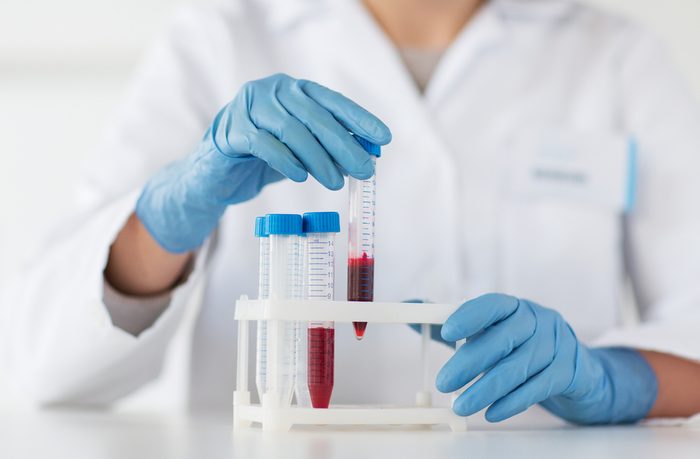
Meningococcemia
Meningococcal bacteria can cause a rare disease called meningococcemia. “This bacteria can circulate in the bloodstream and cause very rapid organ failure and death. I’ve seen patients come to the ER not feeling well and die eight hours later. It very aggressively destroys tissues, causes blood vessels to clot and limbs to die quickly,” says Dr. Citronberg. “This is the single-most feared infection,” he says. If you are without a spleen—an organ that helps protect your body from certain types of bacteria—you may be more at risk. The best treatment is actually prevention with vaccination, he says.
Which Vaccines Do You Need in 2022-23? Here’s the Breakdown for All Ages

Cholera
Ingesting food or water contaminated with the Vibrio cholerae bacteria can lead to watery diarrhea and severe dehydration. According to WHO, it can cause shock and kill someone within hours. An oral rehydration solution or IV fluids are necessary to treat the illness.
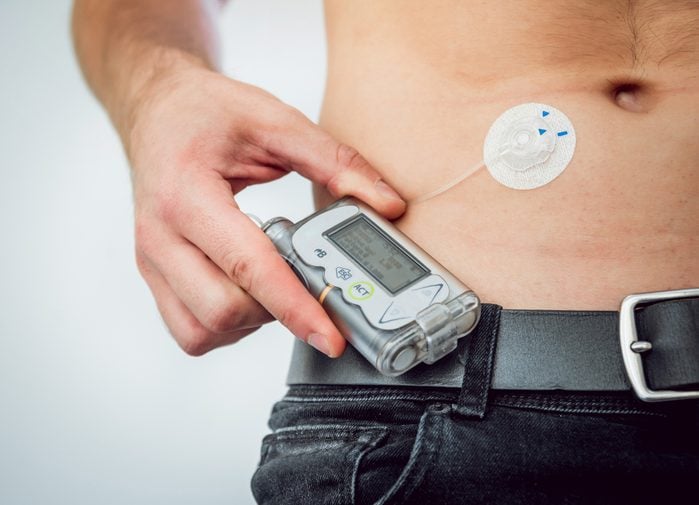
Diabetic ketoacidosis
This life-threatening complication of diabetes (most often type 1) happens when insulin levels are so low that the body breaks down fat into ketones, which build up and make blood acidic. A headache, muscle stiffness, nausea, and rapid breathing are just some of the symptoms. Treatment of insulin and fluids needs to be given promptly, or it can lead to cerebral edema, cardiac arrest, or kidney failure. “In just 24 hours, people can experience an onset of severe symptoms, all leading to coma or death,” reports diaTribe, an advocacy magazine for those with diabetes.

Invasive group A streptococcal infection
Also called “flesh-eating strep infection” or necrotizing fasciitis, this infection is caused by a strain of the bacteria related to strep throat, says Dr. Citronberg. (Which means you don’t have to worry that your strep throat will become “flesh-eating.”) “A break in the skin via a cut can introduce bacteria that causes a rapidly progressive infection,” he says. “It may start as a red bump, and in a few hours you can almost literally watch it spread in front of your eyes.” For instance, if it starts on your foot, you may start to see it spread up your leg. Treatment involves quick identification, followed by antibiotics and surgery to remove the affected tissue. Just as with meningococcal bacteria, those without a spleen may be more at risk.
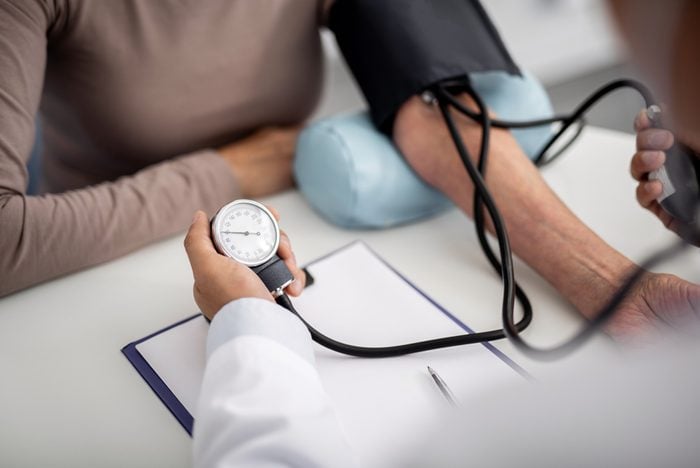
Septic shock
A bacterial infection in your blood can cause blood pressure to plummet, a condition called septic shock. If discovered, patients should head to the ICU—prompt treatment is key, yet research shows that only 50% of patients get care within six hours. For every hour after that, the rate of survival decreases by 7.6%.

Toxic shock syndrome
TSS is a bacterial infection of your bloodstream that spreads toxins to organs, according to Johns Hopkins Medicine. It is often associated with tampon use, but can also occur when bacteria enters an open wound. Symptoms include a high fever, a red and flat rash covering most of the body, shedding of the skin in large sheets over the palms and sores, and increased blood flow to the eyes, mouth and vagina, making them appear red. TSS can lead to amputations of fingers, toes, or limbs, or even death if not treated promptly.
7 Sustainable Period Products Totally Worth Trying, from Women’s Health Specialists

Hantavirus
This virus, which you can acquire after being exposed to the droppings, urine, or saliva of infected rodents, kills 38% of those who fall ill, according to the CDC. The first outbreak occurred in 1973 and involved a man with shortness of breath who was rushed to the hospital and “died very rapidly,” the organization reports. Unfortunately, with flu-like symptoms, it can be tough to detect. When doctors suspect an infection, they’ll keep the patient under constant treatment and surveillance in the ICU is usually required.
